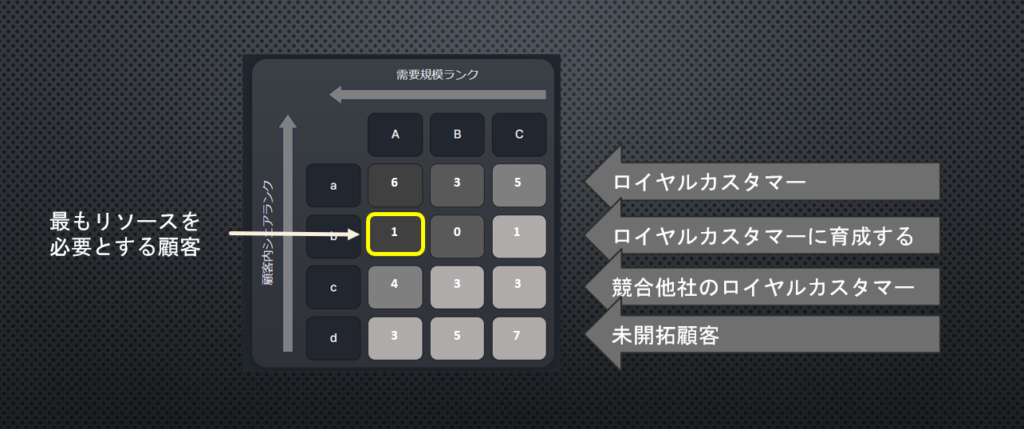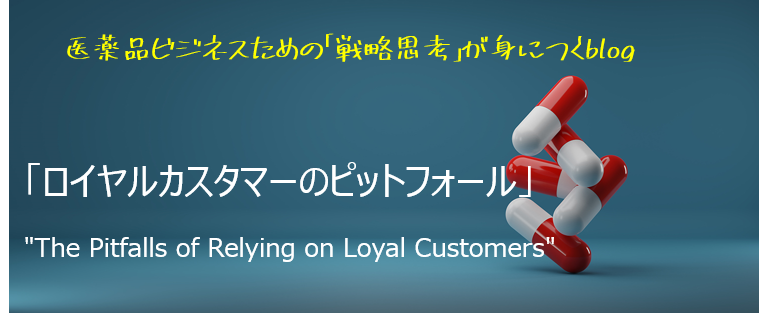
現在のように市場規模が縮小傾向にある、成熟期から衰退期のライフサイクルフェーズでは、まずは現状の売上高を維持することを優先しなければなりません。
売上の基盤を担うロイヤルカスタマーを維持すれば大きく売上が崩れることはありません。
しかし、過度なロイヤルカスタマーへの存在にはリスクもあります。
限られたロイヤルカスタマーへの依存による顧客離れの際の利益減少
割引や特別サービスなどの優遇による利益率の低下
新しい顧客層のニーズや市場動向を見落す
新しい市場機会や変化に適応する能力の低下
ロイヤルカスタマーは競合製品へのスイッチリスクが低い顧客です。
過度なリソース投入は避け、新しいロイヤルカスタマーの獲得と育成に再分配する必要があります。
マトリクス分析はリソースアロケーションを定量化および可視化することが出来ます。
戦力量分析と組み合わせることで適切なリソース量を算出します。
“The Pitfalls of Relying on Loyal Customers”
In the current market environment, where there is a tendency for market size to shrink, particularly in the mature to declining phases of the lifecycle, the priority must first be to maintain existing sales levels.
Sustaining loyal customers, who form the foundation of sales, can prevent significant revenue deterioration.
However, there are risks associated with an overreliance on loyal customers:
A decline in profits when dependent on a limited number of loyal customers if they defect
A decrease in profit margins due to preferential treatments such as discounts and special services
Missing out on the needs of new customer segments and market trends
A reduced ability to adapt to new market opportunities and changes
Loyal customers represent a segment with a low risk of switching to competing products.
It is crucial to avoid excessive resource allocation to them and instead redistribute resources towards acquiring and nurturing new loyal customers.
Matrix analysis can quantify and visualize resource allocation, aiding in strategic decision-making.
Calculate the appropriate amount of resources by combining it with our Force amount analysis.

